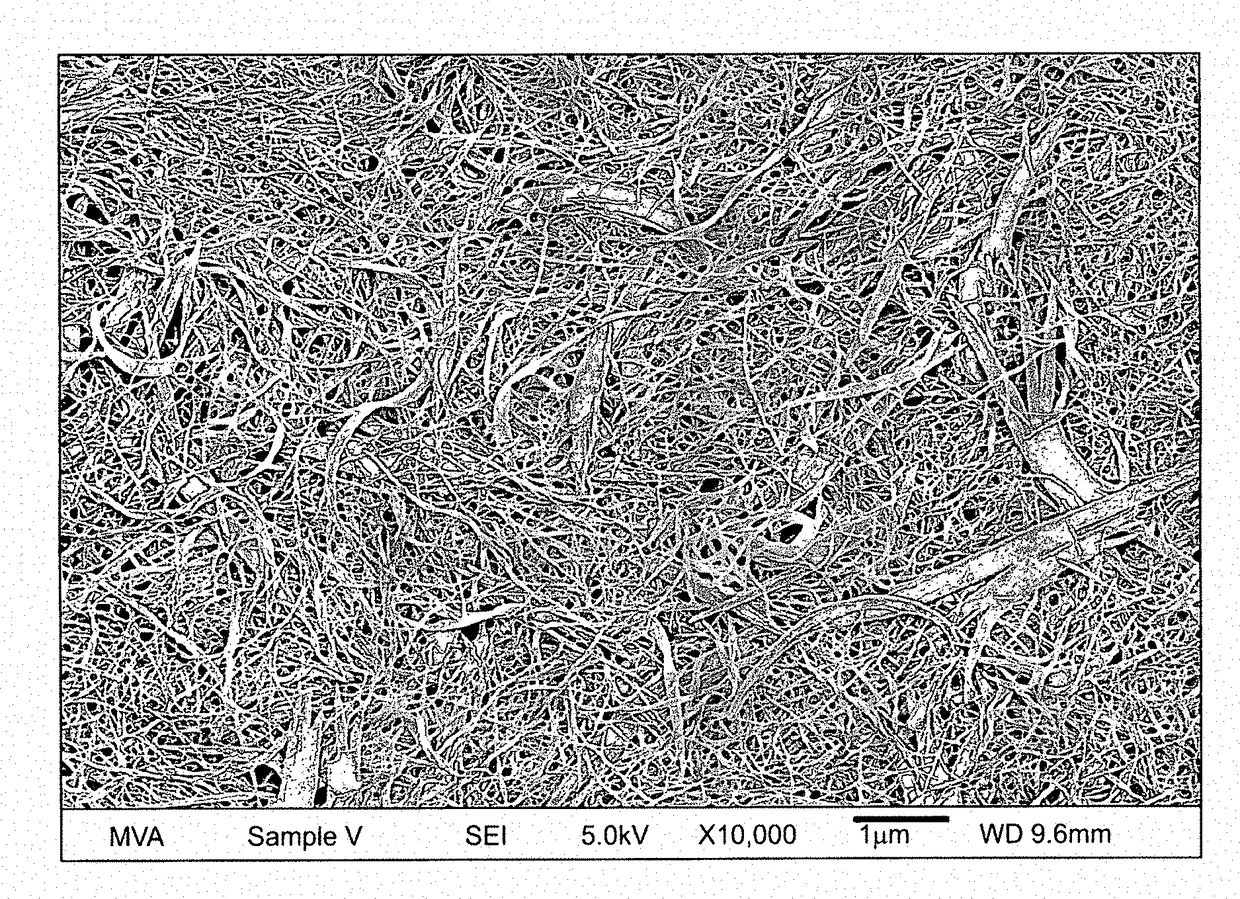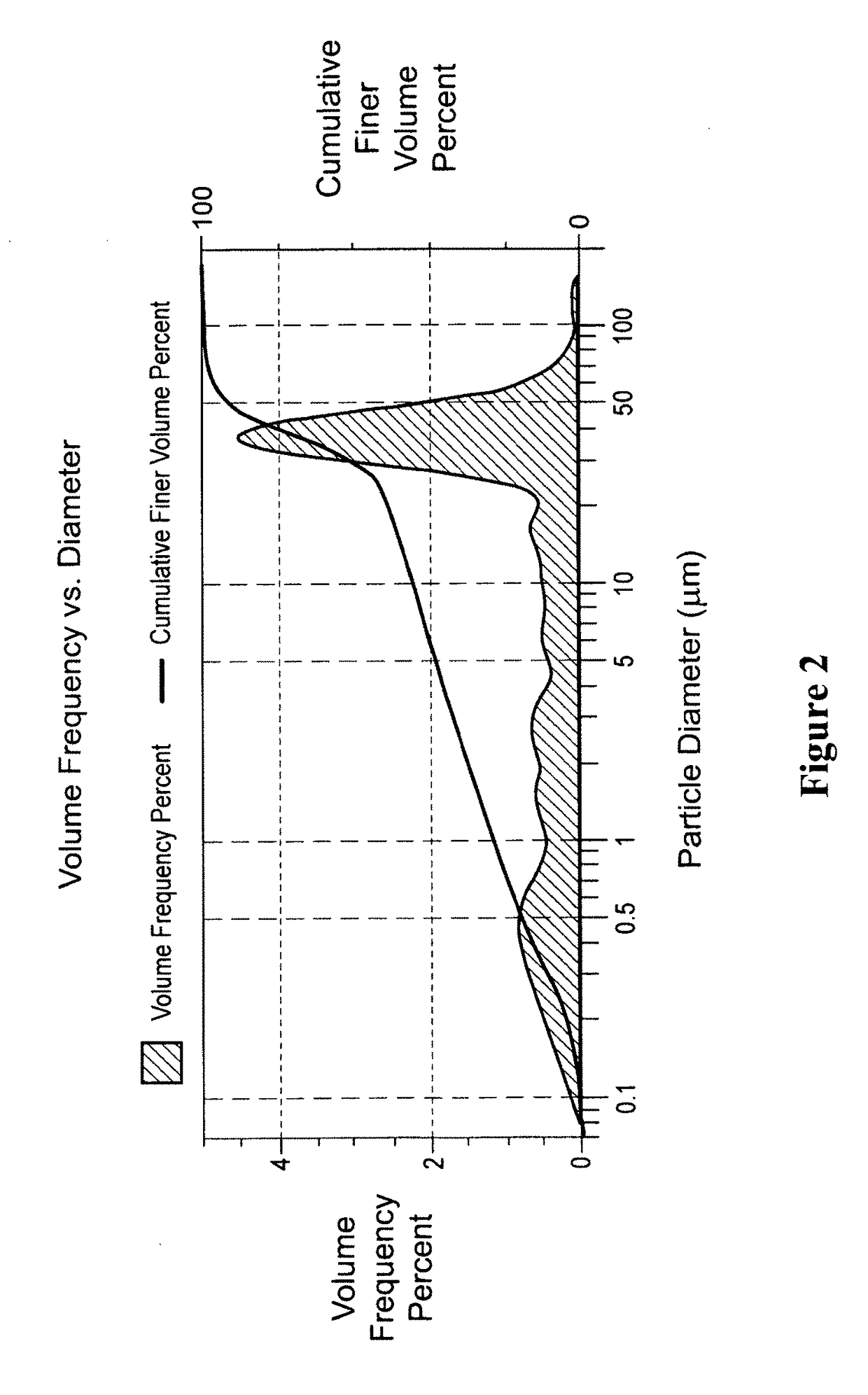Methods of making and using compositions comprising flavonoids
a technology of compositions and flavonoids, applied in the field of compositions comprising flavonoids, can solve the problems of skin cancer development, a major global public health threat, and the inability of sunscreen usage to fully protect persons from the dna-damaging effects of ultraviolet radiation, so as to reduce/or prevent the effect of sun exposur
- Summary
- Abstract
- Description
- Claims
- Application Information
AI Technical Summary
Benefits of technology
Problems solved by technology
Method used
Image
Examples
example 1
ed Apigenin Powder
[0306]Apigenin powder with a purity of greater than 98% (determined by HPLC) as noted by an accompanying “Certificate of Analysis” was obtained from Actives International (Allendale, N.J.). This highly refined apigenin (with the trade name Viapure Citrus™) is derived via modification of bioflavonoid from grapefruit peels (citrus grandis). All of the pale yellow appearing apigenin powder passed through an 80 mesh (U.S. Standard Sieve Size) which would indicate a maximum apigenin size of about 200 micrometers (μm). This would indicate that an apigenin particle size reduction of about 200 times would result in a particle size of 1,000 nanometers.
example 2
Solubility
[0307]Apigenin solubility testing indicated negligible solubility in water, a limited solubility in both acetone and ethanol (less than 2 mg / ml), and a limited solubility in propylene glycol (100 mg / ml have been reported in the literature, DMSO which is recognized as a superior skin penetrating agent, is deemed not suitable for use as a topical ingredient.
example 3
Solubility in Alkaline Solutions
[0308]Apigenin is soluble in dilute NaOH solutions. However, it has been experimentally determined that sodium hydroxide solutions proved to be a most effective solvent for apigenin as noted in Table VI.
TABLE VIApigenin Solubility in NaOH SolutionsNaOH Molarity - (M)Apigenin Solubility (mg / ml)0.75>1501.015>2002.0>300
[0309]Similarly, 1 M solutions of potassium hydroxide (KOH) and lithium hydroxide (LiOH) proved to dissolve similar quantities of the pale yellow apigenin powder and did the 1M solution of NaOH.
[0310]To form the hydrated apigenin and / or luteolin, apigenin and / or luteolin powders were initially dissolved in solutions of alkaline metal hydroxides. The hydrated apigenin was formed when the alkaline soluble sodium salt of apigenin (contained in water at a pH of greater than 8) was acidified with an acidic agent such as citric acid or hydrochloric acid (HCl) such that a cloudily and snow-like colloidal (gel-like) precipitate started to form. Th...
PUM
| Property | Measurement | Unit |
|---|---|---|
| size | aaaaa | aaaaa |
| temperature | aaaaa | aaaaa |
| solubility | aaaaa | aaaaa |
Abstract
Description
Claims
Application Information
 Login to View More
Login to View More - R&D
- Intellectual Property
- Life Sciences
- Materials
- Tech Scout
- Unparalleled Data Quality
- Higher Quality Content
- 60% Fewer Hallucinations
Browse by: Latest US Patents, China's latest patents, Technical Efficacy Thesaurus, Application Domain, Technology Topic, Popular Technical Reports.
© 2025 PatSnap. All rights reserved.Legal|Privacy policy|Modern Slavery Act Transparency Statement|Sitemap|About US| Contact US: help@patsnap.com



